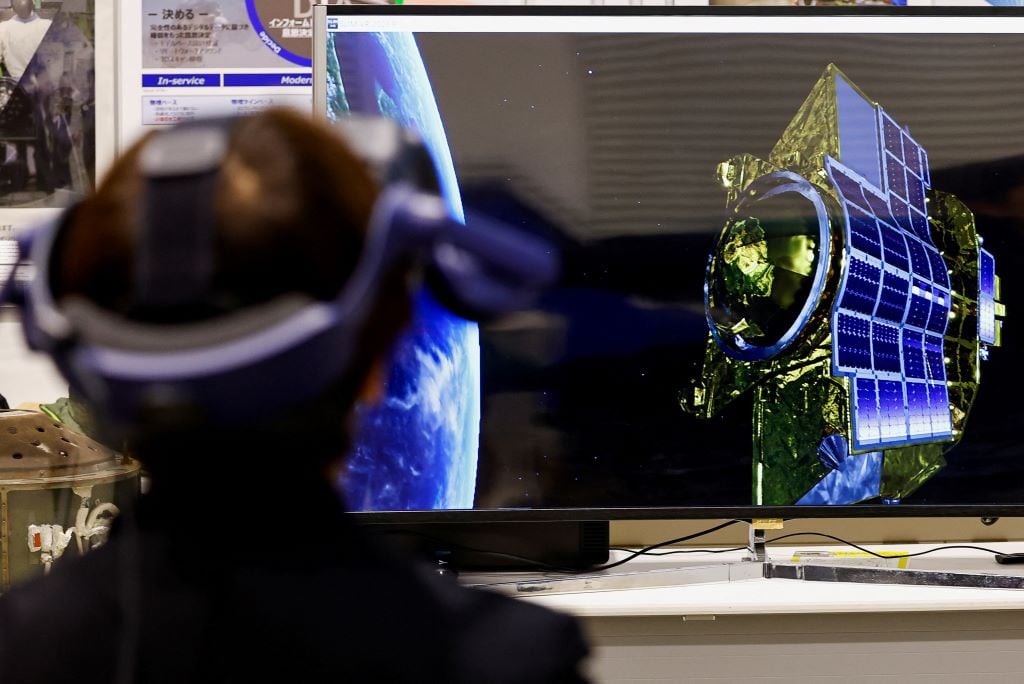
Japan makes history with SLIM mission
The Japan Aerospace Exploration Agency (JAXA) announced that the mission of the Smart Lander for Lunar Investigation (SLIM) was a great success, according to AFP. With this success, Japan became the fifth country to successfully land a lander on the lunar surface after the Soviet Union, the United States, China and India.
At exactly 10 p.m., the SLIM lander, nicknamed the “moon shooter,” began its descent, reaching a speed of about 1,700 meters per second. This is seven times faster than the speed of a civilian aircraft.
The descent phase, which lasted 20 minutes, was called "20 minutes of suffocation," AFP quoted Professor Osamu Mori of the JAXA Institute for Aerospace and Astronautical Research.
At 10:20 p.m., JAXA announced the successful landing, but it took several minutes to confirm and connect with the ship.
JAXA aims to be a precision lunar lander, landing the SLIM lander within a 100-meter radius of its chosen location, unlike previous landers which landed in areas as wide as 10 kilometers. It is estimated that it will take a month to confirm whether SLIM achieves this goal.
SLIM is nicknamed the "moon shooter" because it is equipped with high-precision technology. According to calculations, during the moon landing, SLIM will use image-based positioning technology, which JAXA calls "magic eye".
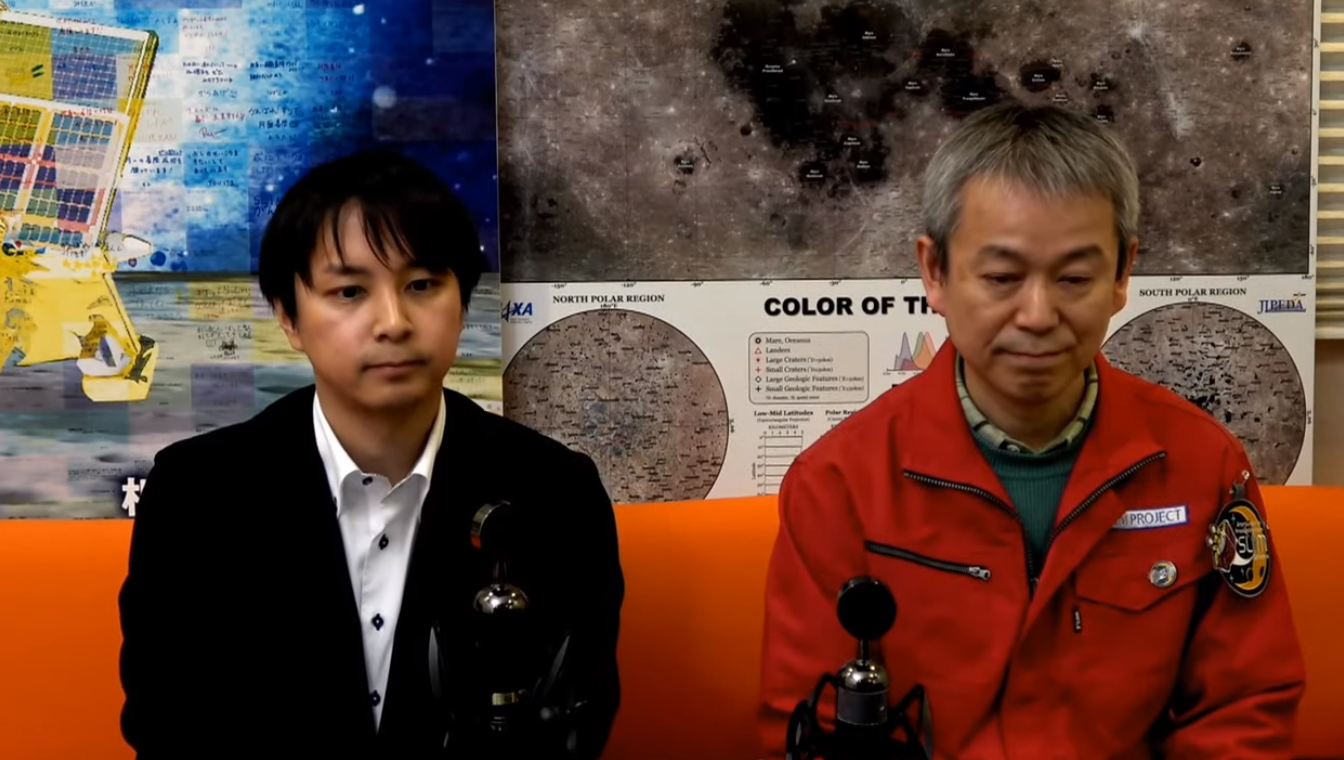
JAXA to broadcast live the landing of the SLIM spacecraft
The lander continuously took pictures of the lunar surface and quickly determined its exact location on the lunar map, from which it automatically adjusted its course to land at the intended location.
During the final moments of the landing attempt, the SLIM lander was said to be continuously pulled by gravity towards the moon, forcing the onboard engines to operate continuously to maintain a stable speed if it wanted to "land softly" as planned.
Measuring 2.4 x 1.7 x 2.7 m and weighing 200 kg, Japan's small lander is designed to make a highly precise landing at a specific location on the lunar surface.
Other landing missions, including NASA's Apollo spacecraft, also landed on the moon with high precision, but used significantly heavier spacecraft.
Meanwhile, JAXA hopes to send small, lightweight, low-cost robotic spacecraft to the moon.
Source link





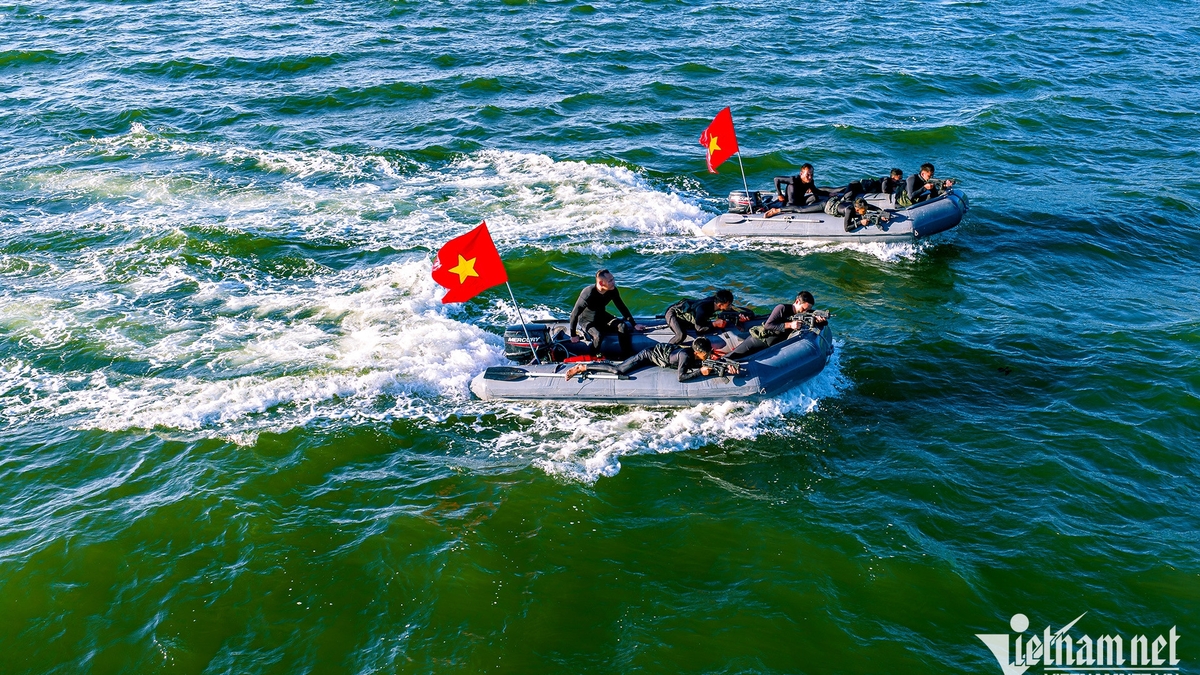


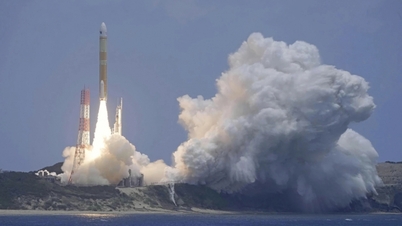




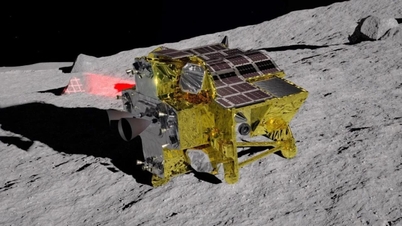


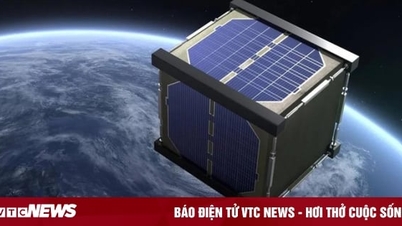







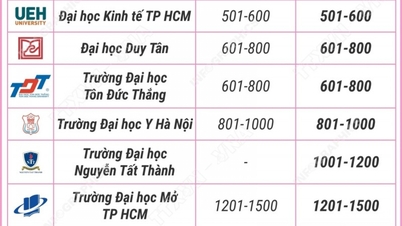




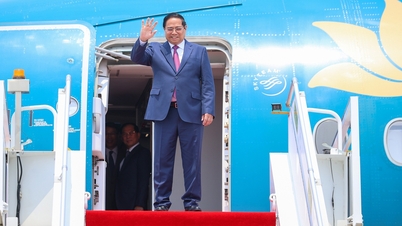















































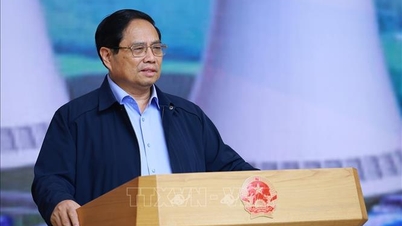

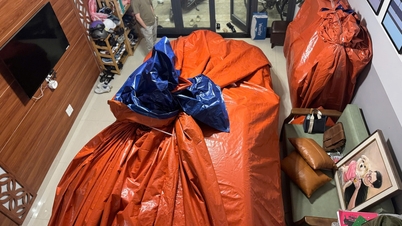
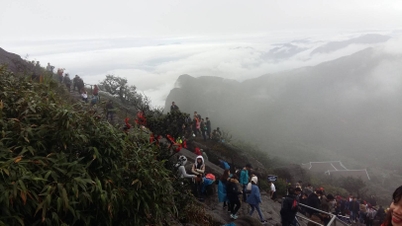

































Comment (0)